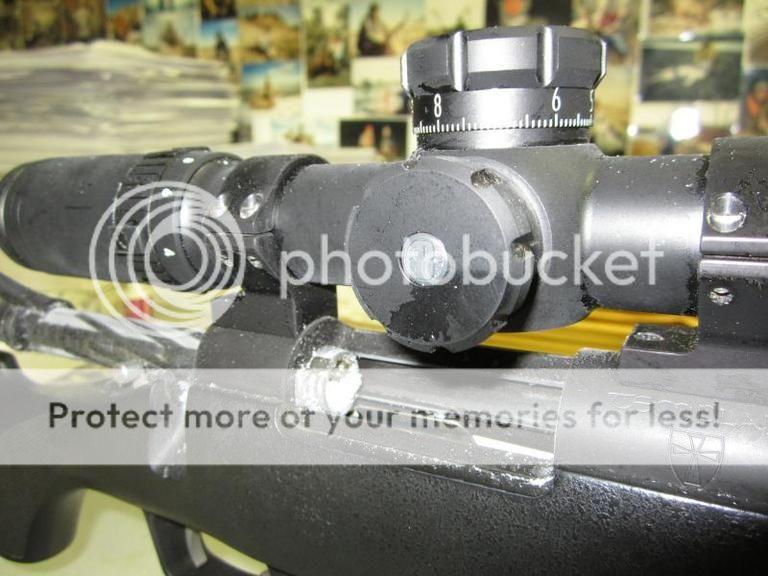Hey Guys here's a quick recap of what I've learned after nitriding nearly 100 chambered barrels and actions over the last 3 years.
1) Some nitriding companies run the solution at the stress re-leaving temp, for our barrels that is 1050F and all you will end up with is a really expensive black barrel. If you are having this done by yourself get the S/R temp and save your self that headache.
Hope this helps!
Chris
Benchmark Barrels
Chris,
A little fuzzy on the above point. Are you saying the stress relieving temperature of 1050F is the preferred temperature for nitriding? Or that 1050 is a poor temperature for nitriding? What nitride bath temperature are you recommending?

